1. Pepsi’s “Crystal Clear” Campaign
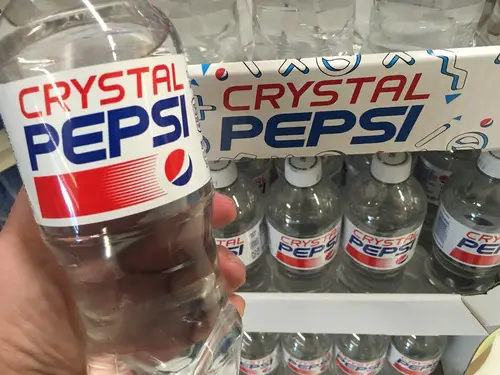
Remember the big deal about Crystal Pepsi? Back in the ’90s, this clear soda was marketed as the drink of the future. The commercials featured over-the-top rock music, slow-motion hair flips, and high-energy, neon-lit visuals. While the concept of a transparent cola was innovative, the ads came off as trying way too hard to be cool. Watching them now feels like stepping into a parody of ’90s excess, complete with overly dramatic voiceovers and people inexplicably jumping off buildings into pools. The commercial seemed to scream, “Look at how radical we are!” but the product flopped spectacularly, proving that clear soda wasn’t the game-changer Pepsi hoped it would be according to Parade Magazine.
Rewatching these ads now, it’s hard not to laugh at their unrelenting enthusiasm for such an odd concept. The awkward blend of extreme sports, grunge aesthetics, and out-of-place optimism feels painfully dated. Even the tagline, “Right Now,” sounds like it’s shouting in your face. What was once bold and fresh now looks like a desperate attempt to latch onto fleeting trends. This commercial might make you nostalgic for the ’90s, but it also makes you grateful for the advertising evolution since then. Crystal Pepsi tried its hand at a comeback in recent years too, learn more about it on CNN.
2. Taco Bell’s Chihuahua Craze
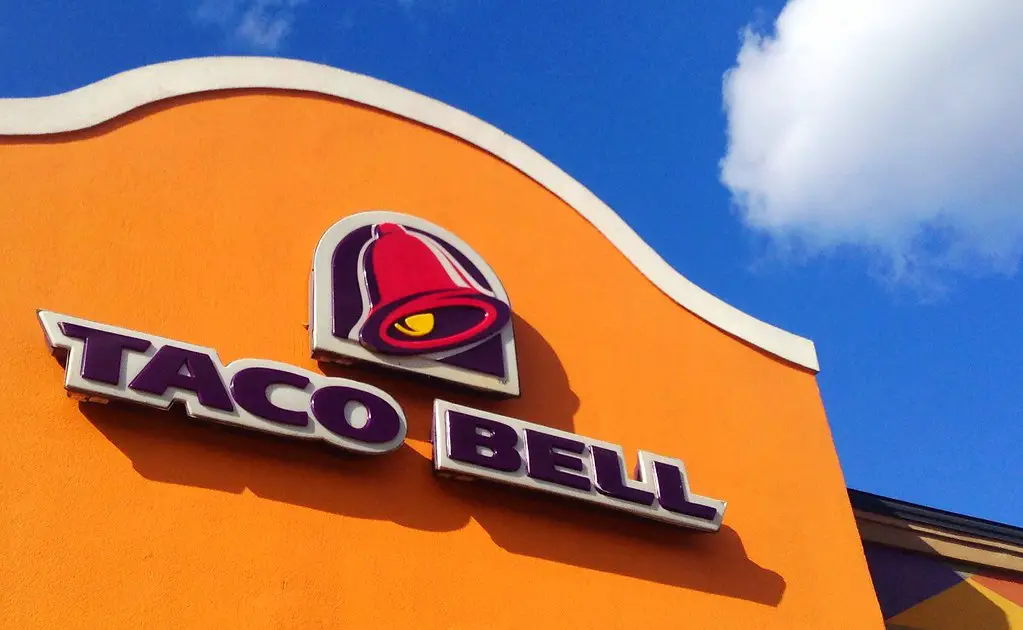
The “Yo Quiero Taco Bell” commercials were everywhere in the late ’90s, featuring a tiny Chihuahua speaking with a thick accent. At the time, people thought the dog was cute and funny, but today, the campaign raises eyebrows. The character leaned heavily on stereotypes, and many have since criticized the ad for its insensitivity. It’s a classic case of a marketing gimmick aging poorly as societal norms shift. The obsession with a talking dog was meant to be quirky and endearing but now feels gimmicky and a bit tone-deaf says the Daily Meal.
Looking back, the sheer number of these commercials makes it even cringier. The poor Chihuahua was essentially the spokesperson for a fast-food empire, and the whole campaign feels exploitative in hindsight. What once made people laugh now feels like an uncomfortable reminder of how much advertising relied on cheap stereotypes. It’s safe to say this would never fly today, and for good reason.
3. Sunny Delight’s “Cool Kids” Vibes

The Sunny Delight commercials of the ’90s portrayed kids rummaging through the fridge, rejecting all the “boring” drinks before finding Sunny D. The ad was packed with slang, exaggerated high-fives, and parents who were just a little too thrilled their kids chose an orange-flavored sugar bomb. At the time, Sunny Delight was marketed as a healthier alternative to soda, but anyone who’s read the label knows it was essentially liquid sugar. The attempt to be cool and relatable to teens now feels laughably forced.
Watching these commercials today is like watching adults try (and fail) to fit in with kids. The overuse of words like “radical” and “awesome” makes them feel dated and out of touch. It’s clear they were trying to ride the wave of ’90s coolness, but they went too far. What seemed hip and trendy back then just comes across as awkward now explains Mashed.
4. Mountain Dew’s Extreme Sports Obsession
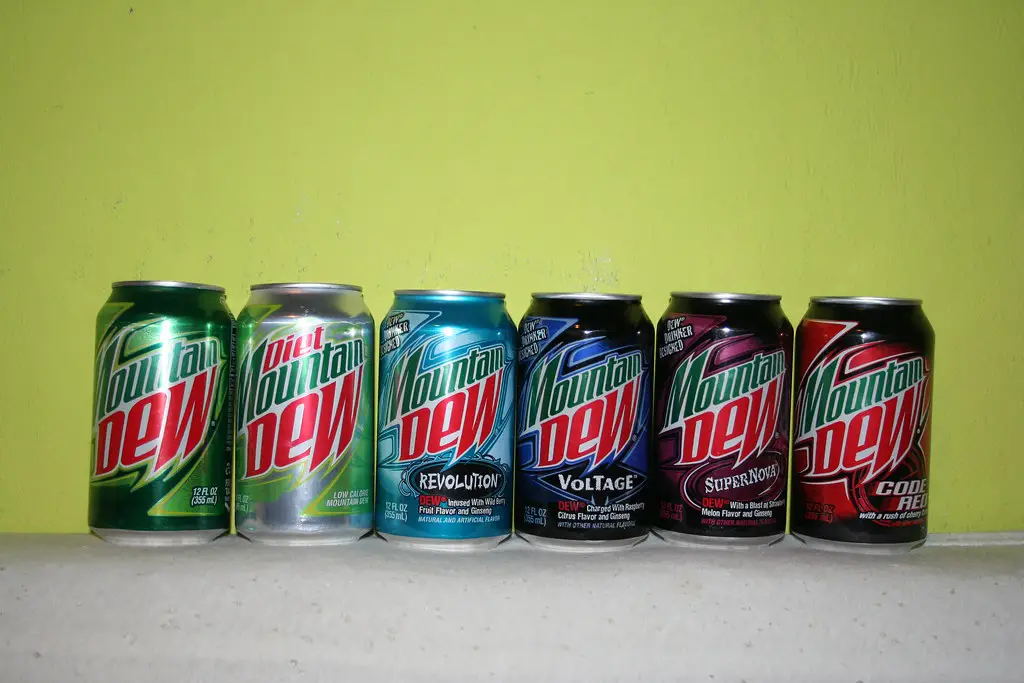
Mountain Dew commercials were the epitome of ’90s energy. These ads featured people skydiving, skateboarding, and snowboarding, all while downing bottles of neon-green soda. The message was clear: if you weren’t living life on the edge, were you even doing it right? The tagline “Do the Dew” became a cultural catchphrase, but the commercials themselves were so exaggerated that they feel more like parodies now. Looking back, the idea that soda could fuel extreme sports is pretty ridiculous.
The ads glorified danger and adrenaline, but they were selling nothing more than caffeinated sugar water. Today, they feel like relics of a time when advertising relied on gimmicks rather than substance. The ’90s obsession with extremeness has not aged well, and these commercials are a prime example of that says Georgetown University.
5. Budweiser’s “Whassup?!”

Who could forget the Budweiser “Whassup?!” ads? In the late ’90s, this catchphrase became a cultural phenomenon, with people shouting it to each other for laughs. The commercials featured friends calling each other and dragging out the phrase in exaggerated voices. It was funny for about five seconds but quickly became overplayed.
Even by the end of the campaign, the joke was wearing thin. Today, these ads are almost unbearable to watch. The humor feels stale, and the exaggerated acting comes off as more annoying than entertaining. What once felt like a clever way to connect with a younger audience now feels like a cautionary tale about overusing a joke. It’s hard to believe these commercials were ever considered groundbreaking.
6. Lunchables’ “Build Your Own Meal” Hype
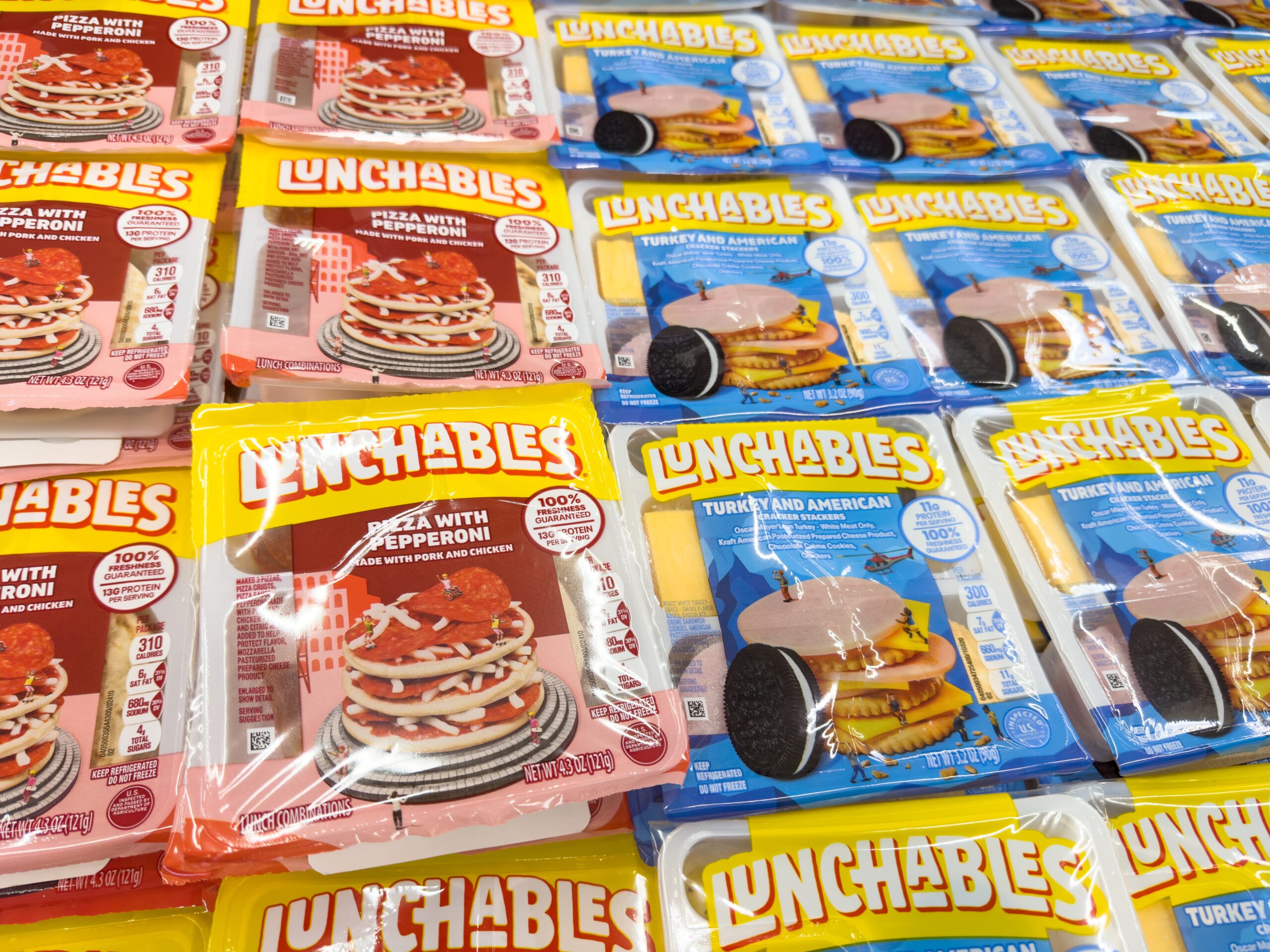
Lunchables were marketed as the coolest thing you could bring to school, and the commercials made sure to hammer that message home. The ads showed kids assembling their mini pizzas or cracker sandwiches while other kids watched in envy. The idea was to make parents feel like they were giving their kids a fun, interactive lunch, but in reality, it was just processed food in colorful packaging.
Watching these commercials now, they feel overly dramatic for what they were selling. The idea that stacking crackers could make you the king of the cafeteria seems laughable today. The intense focus on individuality and “coolness” in something as mundane as a lunch is a reminder of how hard marketers tried to sell an image rather than a product.
7. Fruitopia’s Psychedelic Trips
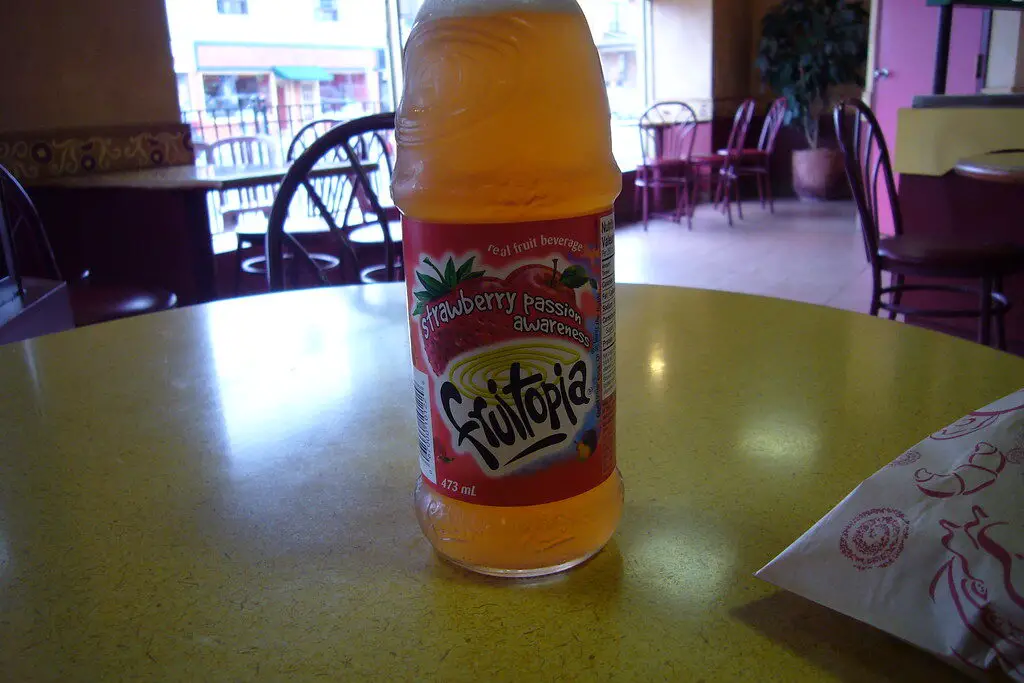
Fruitopia ads leaned heavily into the ’90s fascination with all things psychedelic. The colorful, swirling visuals were paired with mystical-sounding voiceovers about “flavors of the universe.” The commercials felt more like a student film project than a serious marketing campaign, but they were oddly memorable.
The over-the-top artistry made it seem like drinking Fruitopia was a spiritual experience. Looking back, these ads are hilariously overblown. The dramatic tone clashes with the fact that it was just flavored juice. The attempt to elevate a sugary drink into some kind of cosmic journey feels absurd now. While they were visually striking at the time, they’re cringeworthy reminders of how far some brands went to stand out.
8. Gushers’ Face-Morphing Chaos
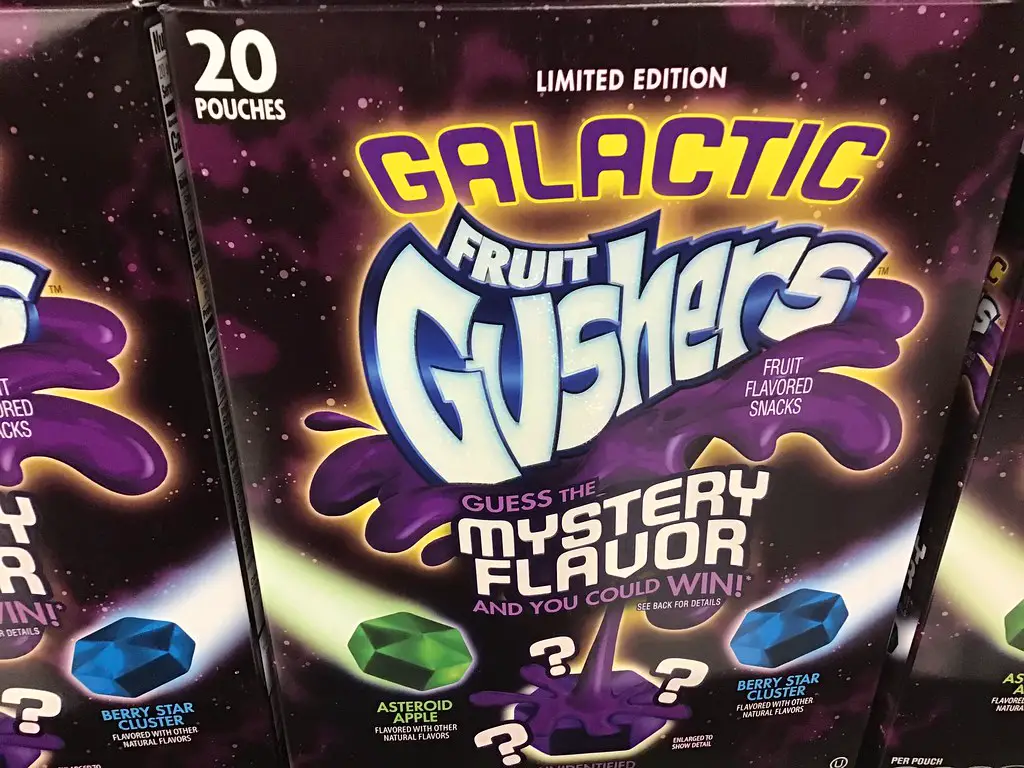
The Gushers commercials of the ’90s were a fever dream of bizarre special effects. Kids would eat the fruit snacks, and their heads would morph into giant versions of the fruit flavors they ate. The visuals were both fascinating and unsettling, and the idea that eating Gushers would turn you into a human-fruit hybrid was a strange selling point.
Rewatching these ads now, it’s hard not to cringe at the low-budget effects and weird concept. The idea was clearly aimed at kids, but it’s hard to see how it was supposed to be appealing. The commercials feel like they tried too hard to be quirky and ended up in the uncanny valley.
9. Dial-Up Internet’s “You’ve Got Mail” Promos
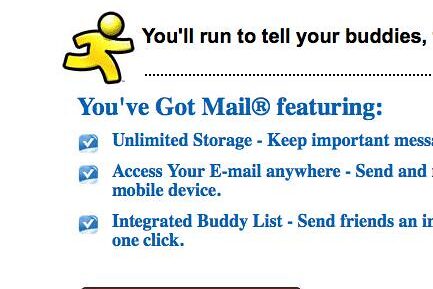
In the ’90s, commercials for dial-up internet services like AOL made the technology seem groundbreaking. The cheerful voice saying, “You’ve got mail!” became a cultural phenomenon, and the ads often showed families gathered around bulky desktop computers marveling at their newfound connection to the internet. The bright, optimistic tone suggested that getting an email was the highlight of everyone’s day, and the visuals painted a picture of a simpler time when the web was still a novelty. These ads leaned heavily into the excitement of connectivity, often portraying it as the future in action.
Watching these commercials now, they feel more quaint than cutting-edge. The slow screech of the modem and the absurd excitement over basic functions like email highlight just how far technology has come. It’s almost cringeworthy to see people acting as if a single “you’ve got mail” notification was life-changing. The aesthetic—filled with outdated hairstyles, clunky computers, and cheesy smiles—feels like a parody of the era itself. It’s a charming time capsule, but it’s also a reminder of how dated our perception of technology once was.
10. Slim Jim’s “Snap Into a Slim Jim” Madness
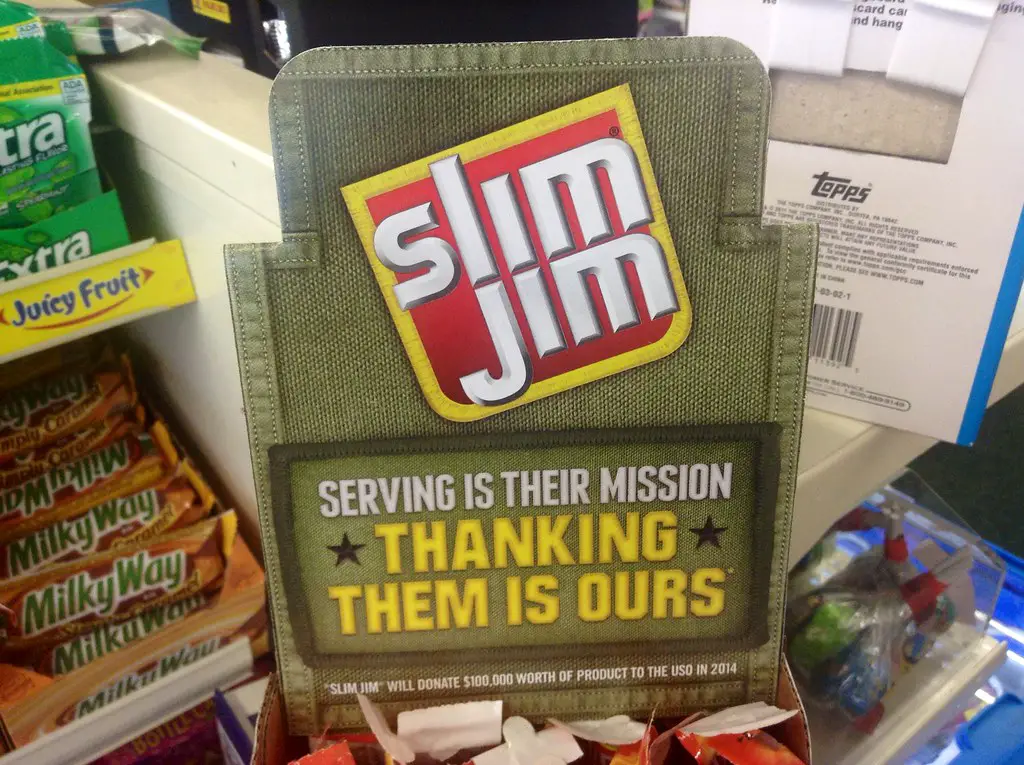
Slim Jim commercials from the ’90s were pure chaos, featuring Randy “Macho Man” Savage shouting “Snap into a Slim Jim!” while destroying everything in sight. The ads were loud, colorful, and completely over-the-top, with Savage smashing walls and delivering lines with a level of intensity that felt more suited to a wrestling ring than a snack ad. The goal was clearly to grab the attention of kids and teens who loved extreme energy, but the result was more overwhelming than enticing. Watching these ads felt like being caught in a whirlwind of aggressive marketing.
Looking back, it’s hard to take these commercials seriously. The sheer absurdity of watching Savage shout at teens about meat sticks feels more laughable than cool. The manic energy that once made them memorable now feels out of place, especially for something as mundane as a snack. While they were undeniably effective at creating a cultural moment, today’s viewers might find themselves cringing at how hard these ads tried to be edgy.
11. HeadOn’s “Apply Directly to the Forehead” Repetition
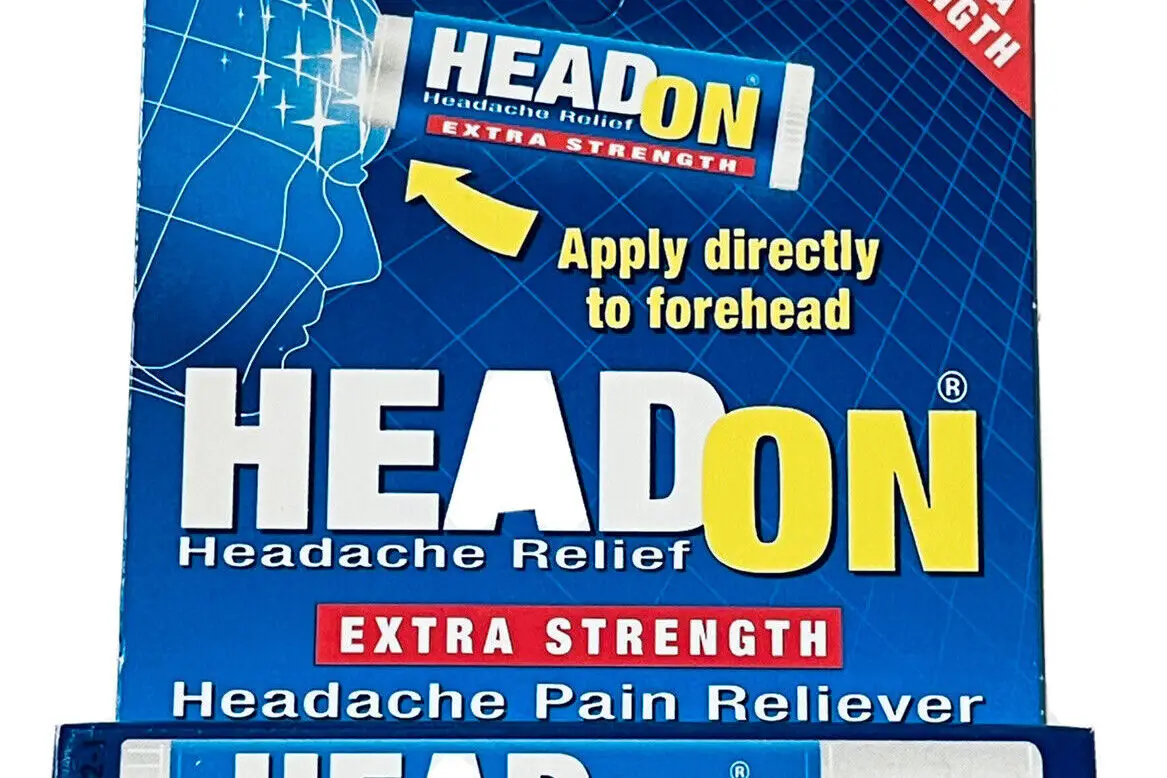
“HeadOn! Apply directly to the forehead!” was the entire premise of one of the most baffling commercials of the ’90s. The ad repeated the same phrase over and over, with no context or explanation, as viewers watched someone rub a stick of HeadOn across their forehead. It was as if the creators believed that sheer repetition would burn the product into your brain. The lack of detail or storytelling made the commercial feel almost hypnotic—and not in a good way.
Rewatching it now, the ad feels less like marketing and more like a psychological test. The overly simplistic approach makes you wonder if the product even works or if the creators were simply banking on irritation as a selling point. Instead of persuading consumers, it left them scratching their heads. Today, it stands as a prime example of how not to advertise a product.
12. Old Navy’s Overly Cheerful Style Ads
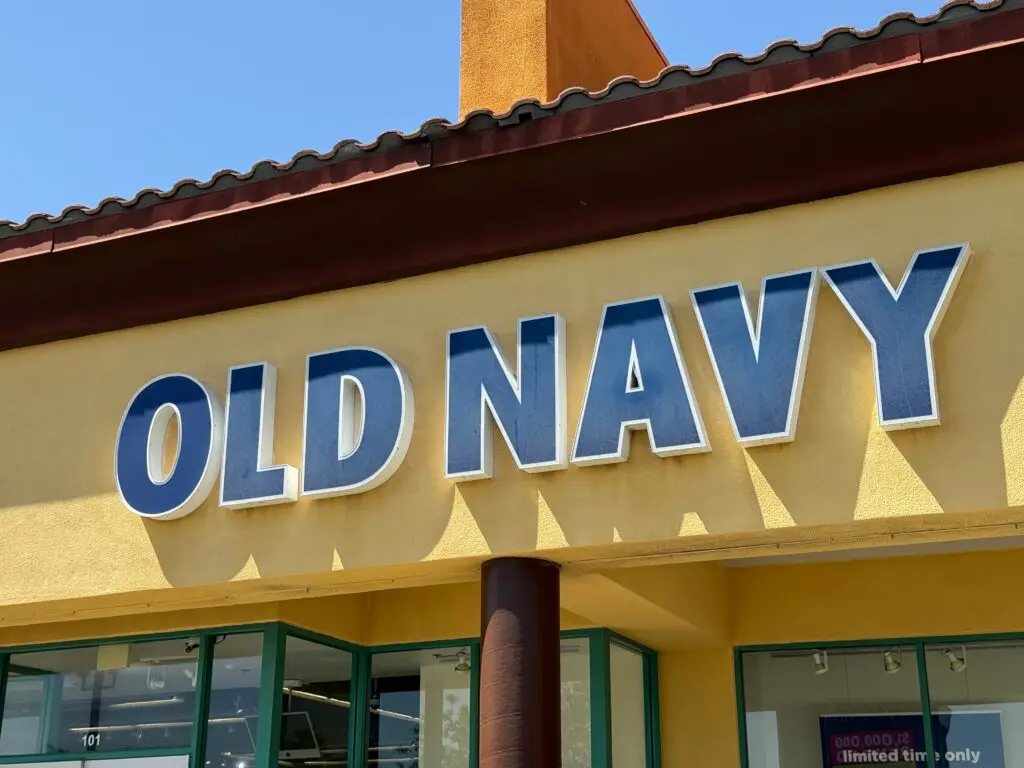
Old Navy commercials in the ’90s were the epitome of forced cheerfulness. Featuring dancing mannequins, bright visuals, and actors who seemed way too excited about affordable clothing, these ads were impossible to miss. The relentless energy and quirky humor were clearly designed to be memorable, but they often bordered on irritating. Old Navy wanted to sell fun, but watching the commercials now feels like being trapped in a carnival where the clowns never leave.
Looking back, the ads feel exhausting and overly saccharine. The attempt to create a unique identity for the brand worked at the time, but the exaggerated performances and surreal imagery feel dated. They’re a reminder of how advertising sometimes prioritizes standing out over creating genuine connections with viewers. What was once quirky now feels cringeworthy and overly eager.
13. Burger King’s “Big Kids’ Meal” Pitch
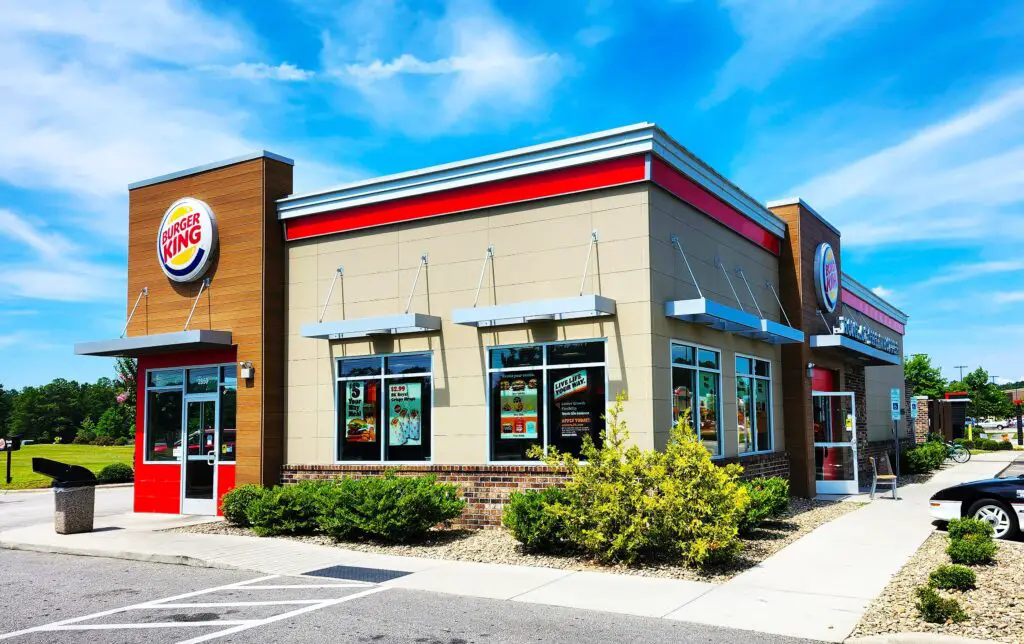
Burger King’s “Big Kids’ Meal” commercials were an attempt to target kids who felt they’d outgrown McDonald’s Happy Meals. The ads featured older kids scoffing at “baby” toys and demanding something more mature. The messaging leaned heavily on the idea that a bigger meal with a slightly different toy was somehow the key to growing up. The execution felt smug and awkward, and it often came across as trying too hard to make kids feel special.
Watching these commercials now, the premise feels absurd. The idea that a meal choice could signify maturity is laughable, and the smug tone doesn’t hold up well in hindsight. Instead of feeling aspirational, the ads now seem like a forced attempt to create a divide where there didn’t need to be one. It’s a cringeworthy reminder of how hard brands tried to create arbitrary distinctions to sell products.
14. Bubble Tape’s “Adults Are the Enemy” Ads
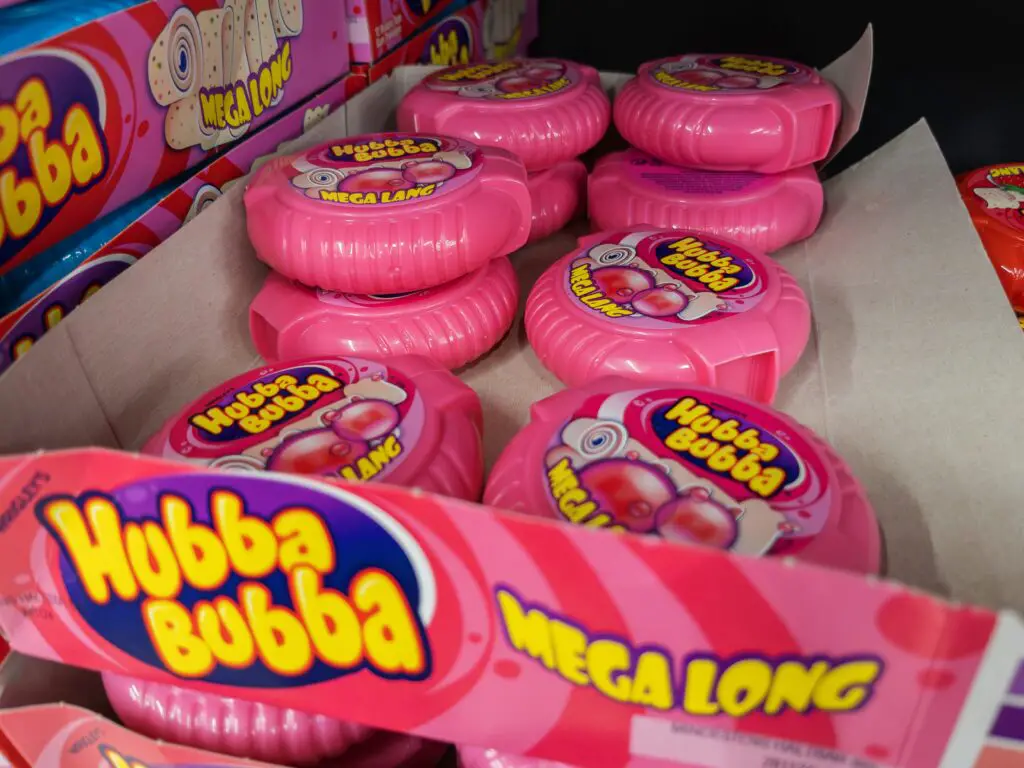
Bubble Tape commercials thrived on the classic ’90s trope of pitting kids against adults. The ads portrayed teachers, parents, and other authority figures as clueless and uncool, while kids gleefully enjoyed their six feet of gum. The exaggerated caricatures of adults—complete with wacky outfits and goofy behavior—were meant to be funny, but they often came across as a bit mean-spirited. The tagline “It’s not for adults” became the battle cry of gum-chewing kids everywhere.
Revisiting these commercials now, they feel unnecessarily antagonistic. The portrayal of adults as bumbling villains hasn’t aged well, and the overall tone feels forced. While they captured the rebellious spirit of the ’90s, they now seem like a heavy-handed attempt to manipulate kids into buying gum. It’s a stark reminder of how advertising often relied on divisive messaging to sell simple products.
15. Colgate’s “Maximum Cavity Protection” Rap
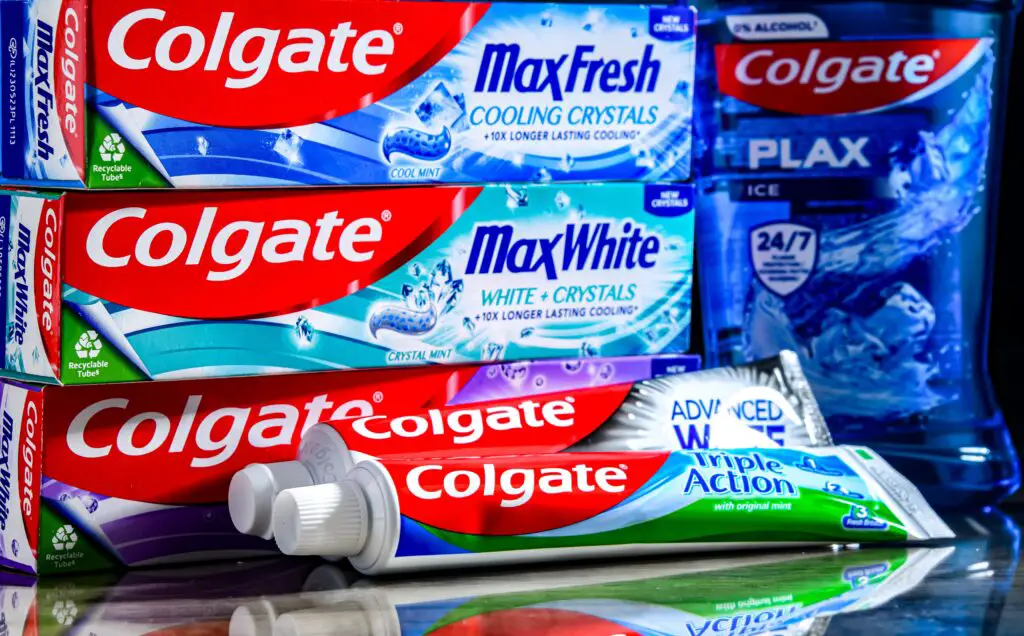
Colgate commercials in the ’90s tried to make brushing your teeth “cool” with cringe-inducing rap battles about oral hygiene. The ads showed kids dancing in neon outfits, rapping about plaque and cavities as if oral care was the latest trend. The forced rhymes and awkward choreography made the commercials feel more like parody than serious attempts to sell toothpaste. It’s clear Colgate was trying to connect with younger audiences, but the execution left much to be desired.
Watching these ads now, they’re almost painful to sit through. The attempt to make dental care exciting through outdated hip-hop tropes feels patronizing. Instead of inspiring kids to brush their teeth, the commercials likely elicited secondhand embarrassment. They’re a prime example of how trying too hard to be “hip” can backfire in the world of advertising.
